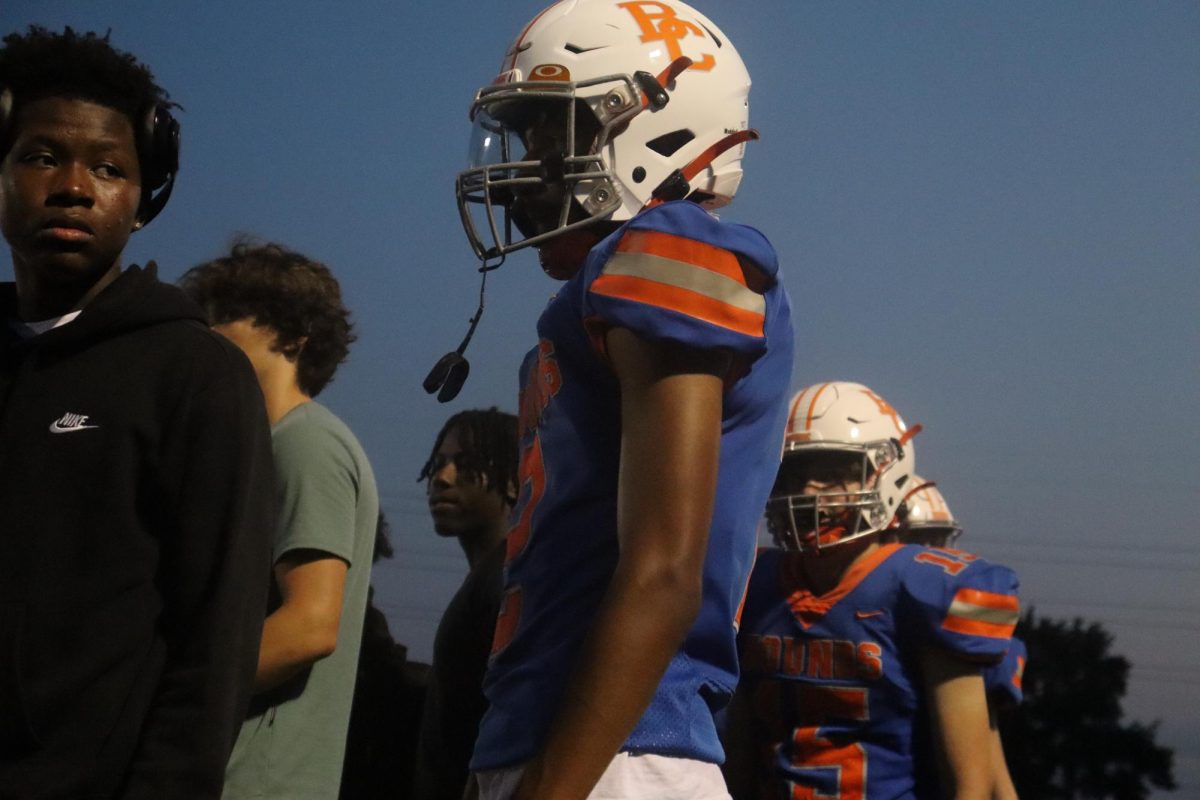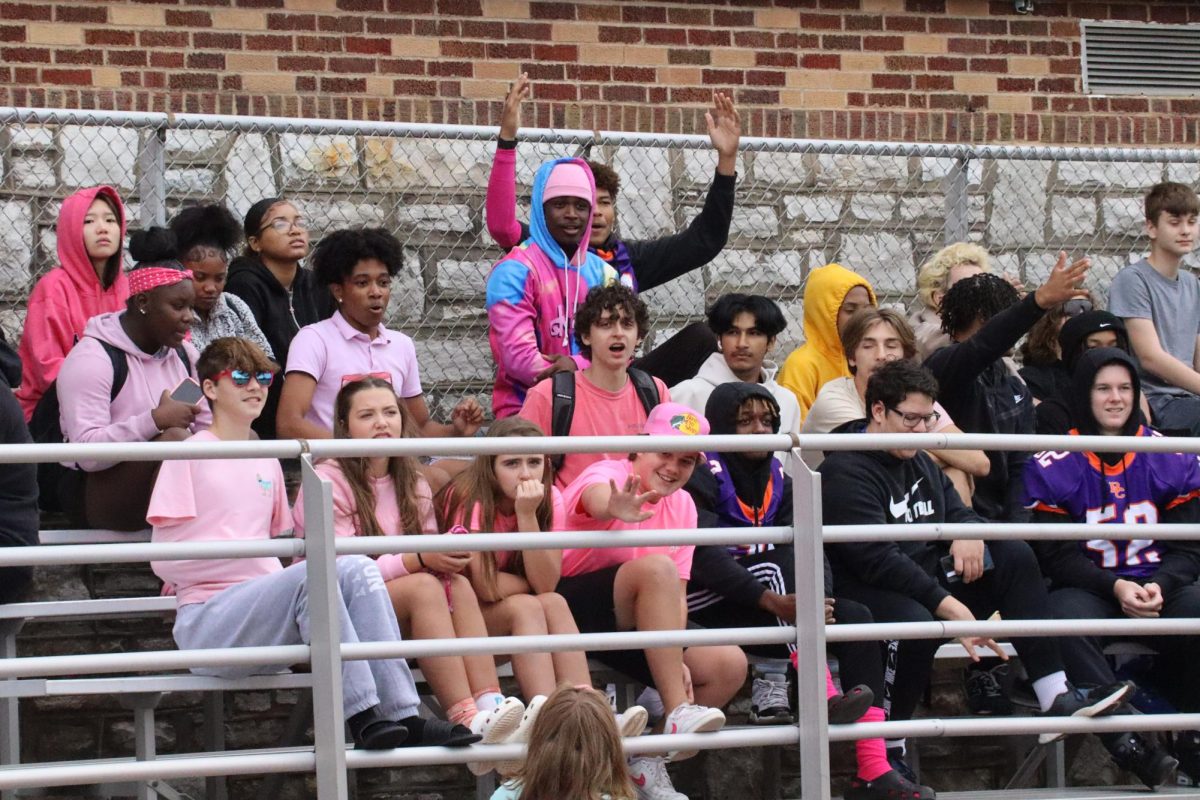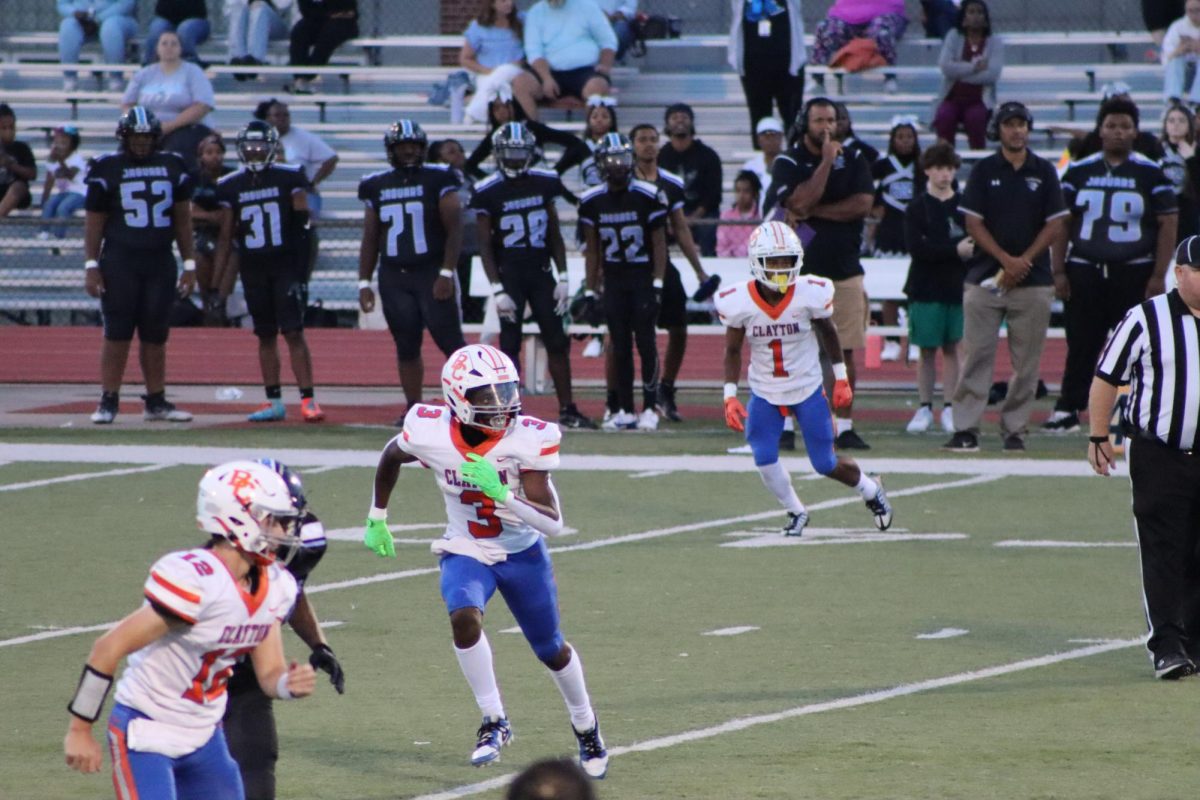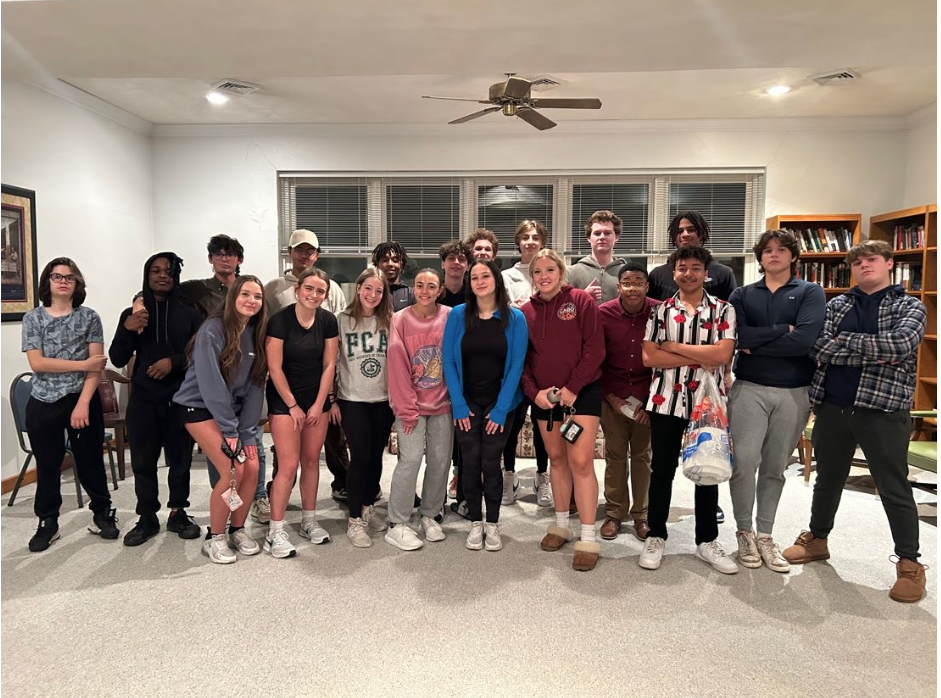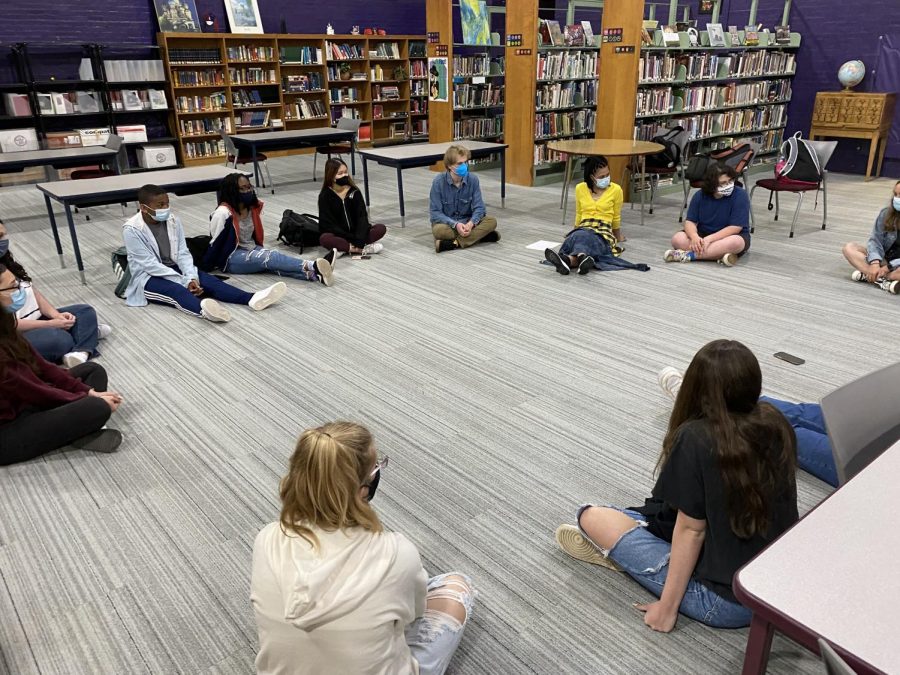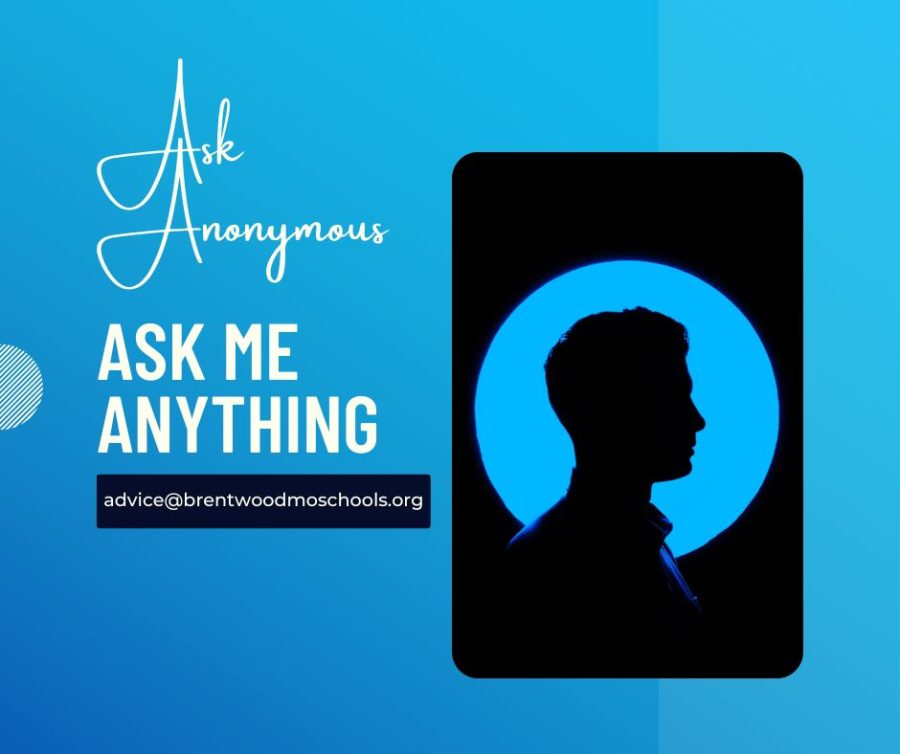Sometimes, all you want is a chill night where you sit outside and look at the stars with your friends, or even by yourself. But most of the time, you aren’t going to see anything except some stars. Lucky for you, with a little bit of preparation, you can see meteors streak across the sky or watch the sun disappear.
Something you can do before you even decide to go stargazing is to check to see if any astronomical events are happening. The term astronomical events refers to “events that can be seen with the naked eye or a telescope from the Earth’s surface.” (AllTheScience) These events include things such as meteor showers, eclipses, and solstices.
October and November happen to be some of the best times to look at the sky. So, let’s see what is coming up.
October 14

On October 14, the 2023 annular solar eclipse will cross and will be visible in parts of the United States, Mexico, and many countries in South and Central America. It will begin in Oregon at 9:13 a.m. PDT and end in Texas at 12:03 CDT. This eclipse is an annular one, meaning the Moon passes between the Sun and Earth, but only when it is at its farthest point from the Earth. Since the Moon is further away, it doesn’t completely cover the sun, so we get to see a large, dark disc with what looks like a ring of fire surrounding it. We live in Missouri, which unfortunately is not in the path of this eclipse. But we won’t miss completely out! We will be able to see a partial eclipse, meaning only part of the sun will be covered—caused by the Sun, Moon, and Earth not perfectly aligning—leaving us with a crescent shape. It’s on a Saturday this year, and we will see about 55% partial eclipse—more than halfway covered! It will begin at 10:32 a.m. CT and peak at 11:57 a.m. CT. If you want to go see it, there are many events being held to watch it around St. Louis. For more information, check these out!
October 21-22
The Orionids, considered one of the most beautiful showers of the year, will peak (be at full force) this October on the night of the 21st. These meteors are fast and bright, traveling 148,000 miles per hour into Earth’s atmosphere! They come from the dust of the famous Comet Halley and will appear to have tails that will last for several seconds to minutes. They can also become fireballs (look for bright, prolonged bursts of light.) The radiant–which is the place where the meteors appear to come from–is near the constellation Orion, which is where we get the name for the shower!
To see this, lie flat on your back with your feet towards the southeast and look up. The shower will last until dawn, so you have plenty of time to see.
October 28
October’s full moon this year falls on the 28th, and it is called the Hunter’s Moon! It is the first full moon after the Autumn equinox, and it’s the only full moon that is out all night. It will look bigger than usual and may be illuminated with tints of red and orange. The moon got its name from the native people in the Northern Hemisphere, who used this time to hunt, gather, and preserve food for the harsh winter. It has also been called the Harvest Moon!
November 17-18
The Leonid meteor shower happens from November 6th to November 30th and peaks on the night of the 17th into the 18th. It’s called the Leonid shower because the radiant lies near the constellation Leo. These meteors come from the dust and debris left behind by Comet Tempel-Tuttle. These meteors are bright and often colorful. And they are fast, traveling 44 miles PER SECOND, and considered some of the fastest meteors ever. The Leonids are also known for their fireballs, which are larger explosions of light and color that can last longer than a usual meteor streak.
To see them, it’s best to start around midnight local time. Lay down with your feet towards the east, lie flat on your back, and look up.
So now, get out there and look at some stars! The sky is way too pretty for you not to see it, so grab some friends, buy some snacks, and go outside!



